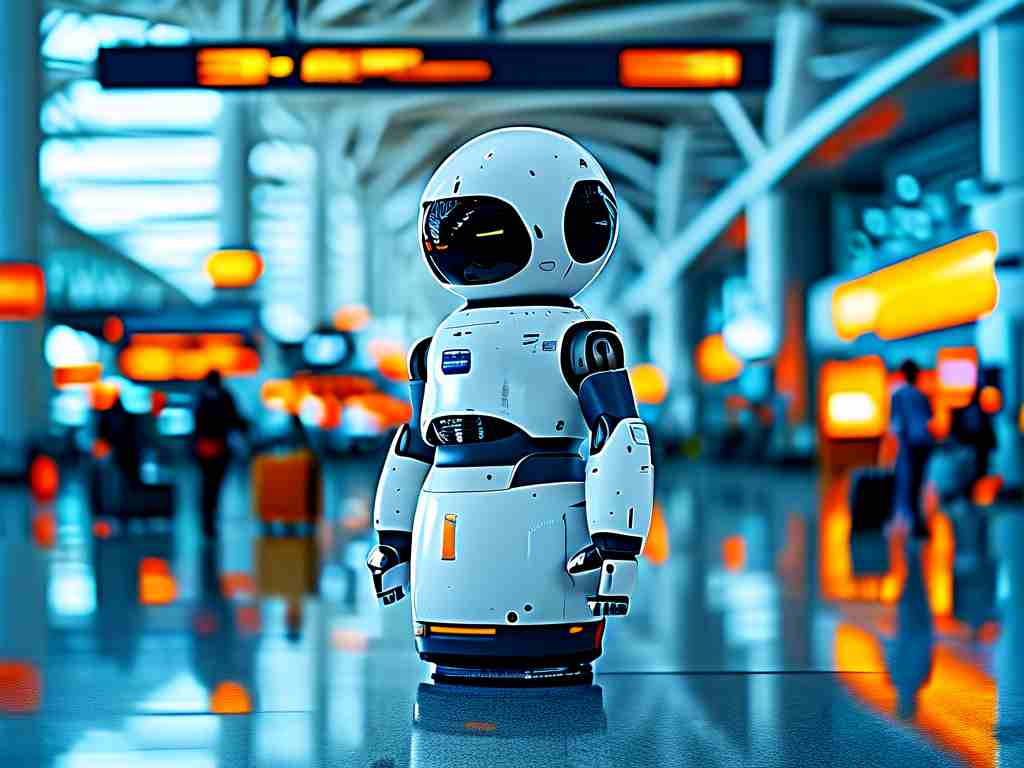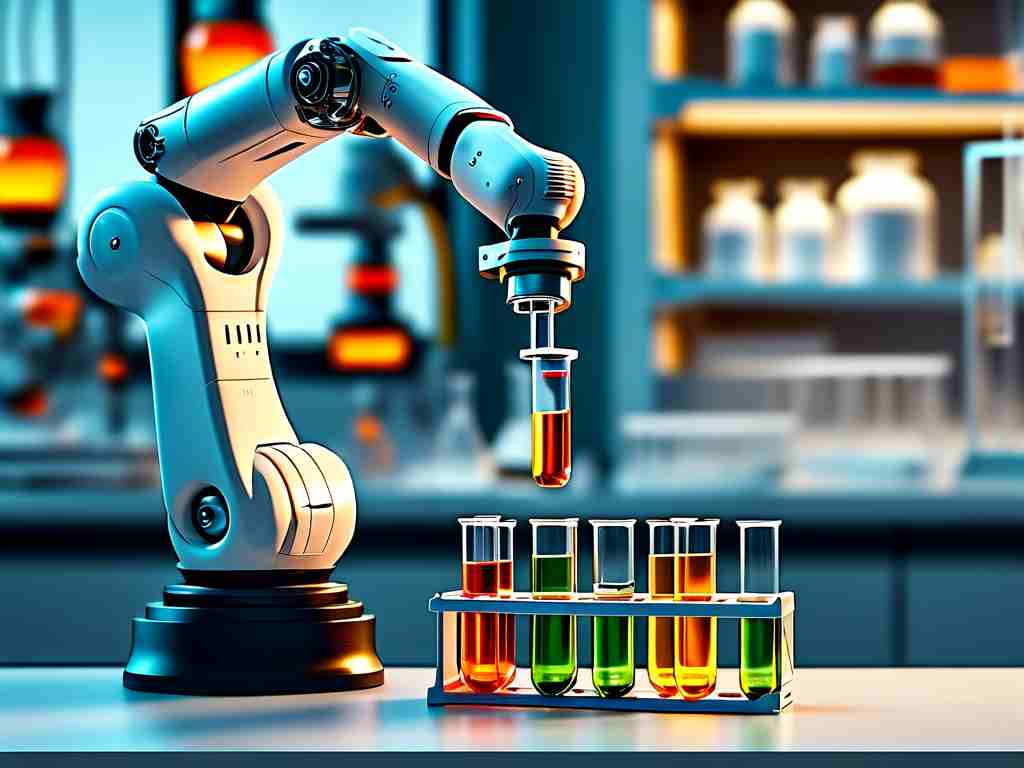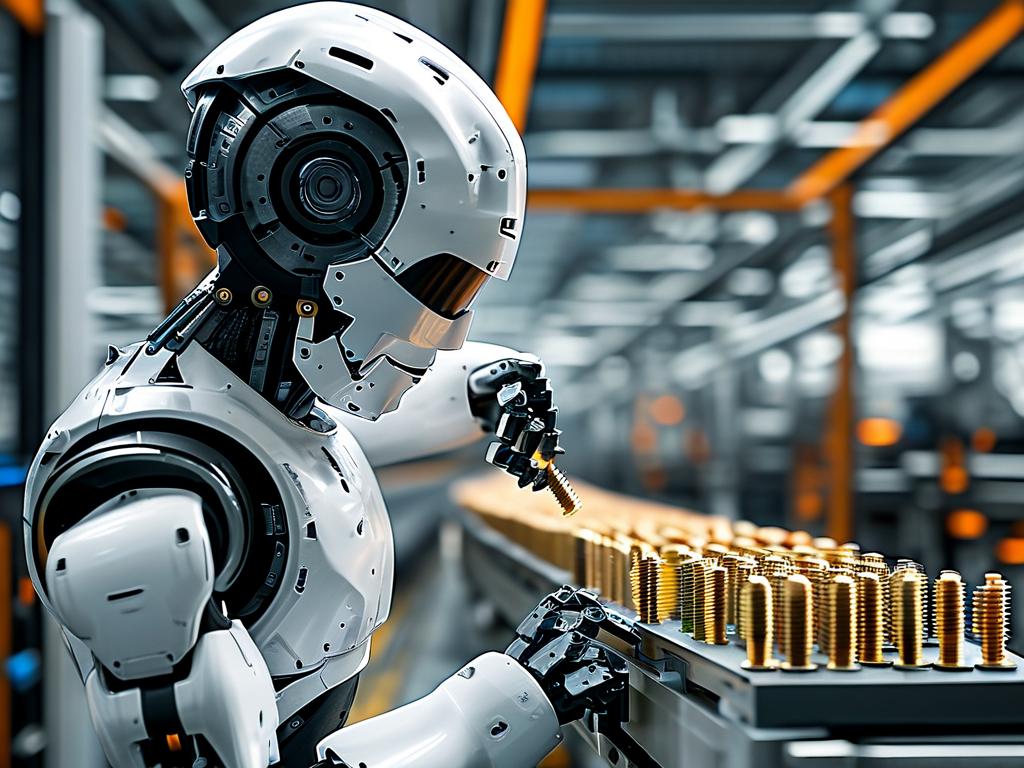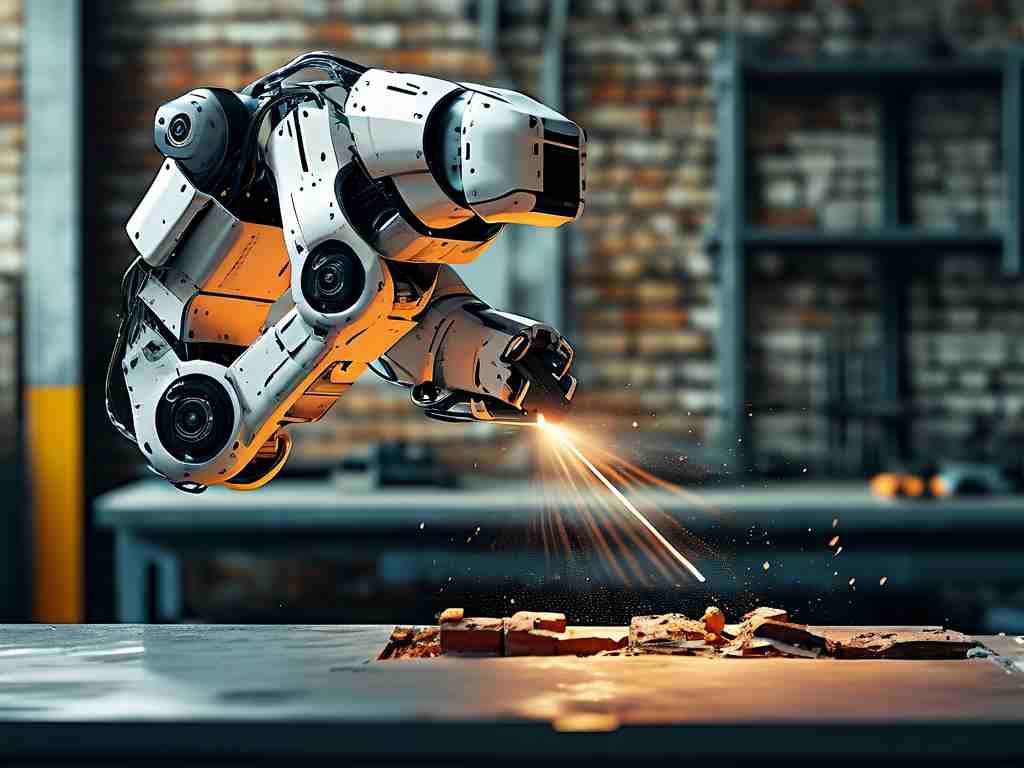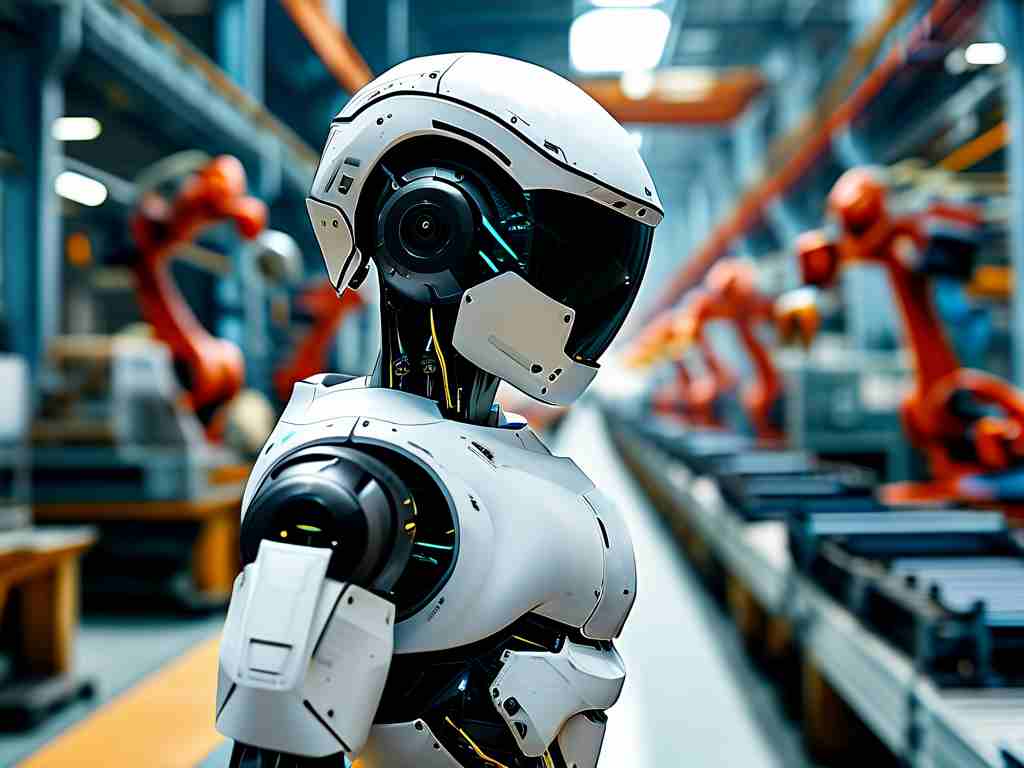As global agriculture faces labor shortages and rising production costs, robotic persimmon harvesting technology emerges as a transformative solution. This innovation combines advanced computer vision, precision mechanics, and AI-driven decision-making to redefine fruit-picking operations. Unlike traditional methods that rely on seasonal workers, these autonomous systems operate with clockwork consistency while minimizing fruit damage – a critical advantage for delicate persimmons.
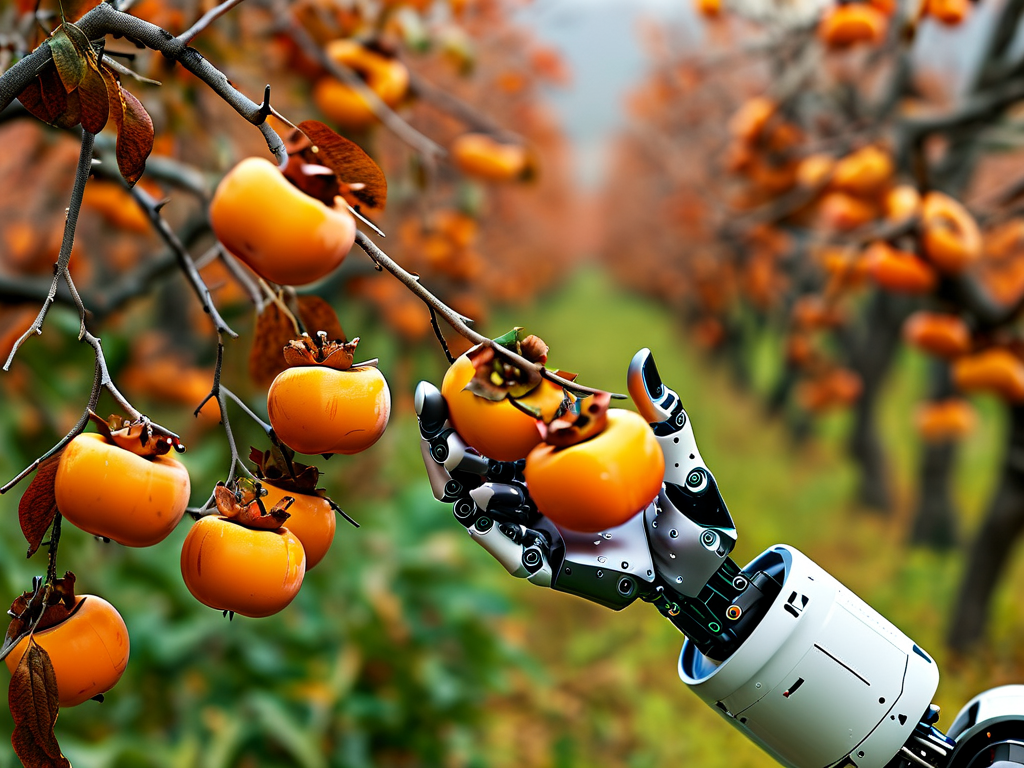
Technical Framework
Modern persimmon-picking robots employ multi-spectral cameras to analyze fruit ripeness through skin coloration and texture patterns. Custom algorithms process this data at 120 frames per second, distinguishing between market-ready persimmons and those requiring additional maturation. The robotic arm component utilizes vacuum-assisted grippers with pressure sensitivity adjustable to 0.1-newton increments, preventing bruising during detachment. Field tests in Wakayama Prefecture, Japan's premier persimmon-growing region, demonstrated 94% harvest accuracy with less than 3% fruit surface compression.
Operational Advantages
These machines overcome three historic challenges in fruit automation: variable orchard terrain, inconsistent fruit positioning, and biological diversity across persimmon cultivars. Through adaptive suspension systems and LiDAR terrain mapping, the harvesters maintain stability on 15-degree slopes – a common feature in mountainous growing areas. The end-effector design accommodates six major persimmon varieties, from the squat Fuyu to the elongated Hachiya, through interchangeable gripping modules.
Economic Impact
Initial deployment costs of $45,000 per unit are offset by 24/7 operational capacity and 60% reduced post-harvest losses. A case study across 20 hectares in Gyeongsang Province, South Korea, revealed payback periods under 18 months. The technology particularly benefits regions experiencing acute farm labor shortages; California orchards using prototype models reported 40% higher yield collection during critical harvest windows.
Sustainability Considerations
Robotic harvesters contribute to eco-friendly practices through precision resource allocation. Integrated sensors monitor micro-climate conditions to optimize irrigation and fertilization schedules, potentially reducing water usage by 25%. The elimination of diesel-powered harvesting equipment in favor of solar-charged battery systems further decreases carbon footprints.
Technical Limitations
Current systems face challenges in rainy conditions where water droplets interfere with optical recognition systems. Researchers at Zhejiang Agricultural University recently developed hydrophobic camera lenses and enhanced moisture compensation algorithms to address this limitation. Another ongoing development focuses on improving stem detection accuracy to prevent accidental branch damage during picking cycles.
Future Directions
Next-generation models will incorporate blockchain-enabled yield tracking for supply chain transparency and machine learning systems that improve picking strategies through seasonal pattern analysis. Collaborative projects between robotics firms and botanical institutes aim to expand this technology to other delicate fruits like figs and loquats, potentially revolutionizing soft-fruit agriculture.
As implementation scales, regulatory frameworks are emerging to standardize safety protocols and performance metrics. The International Society for Agricultural Robotics plans to release certification guidelines by Q3 2024, ensuring compatibility with global agricultural standards. With continuous advancements, robotic persimmon harvesting stands poised to address both economic and environmental challenges in modern horticulture.



